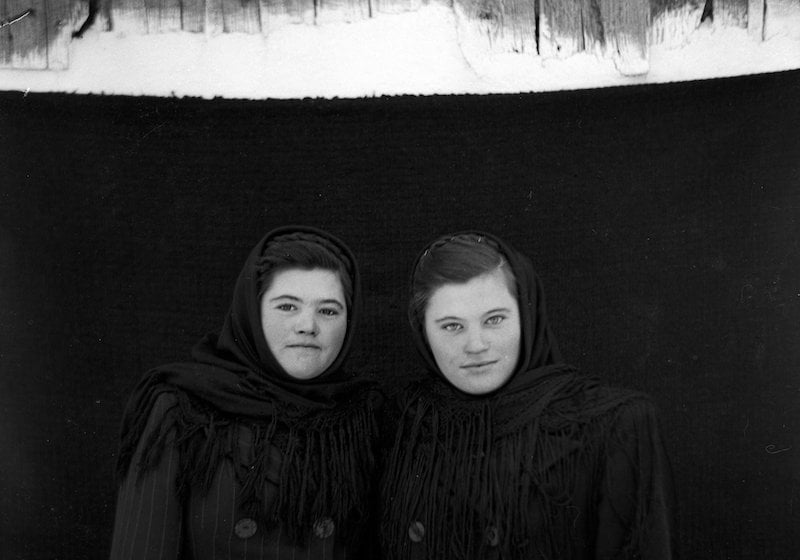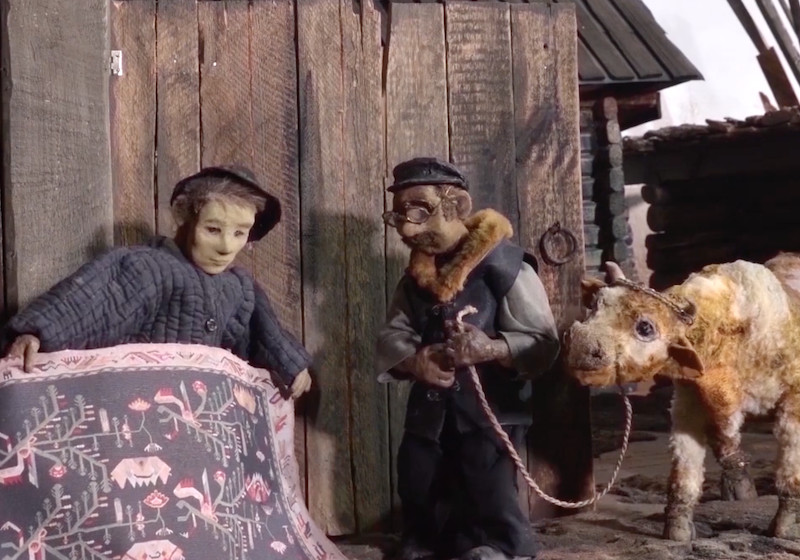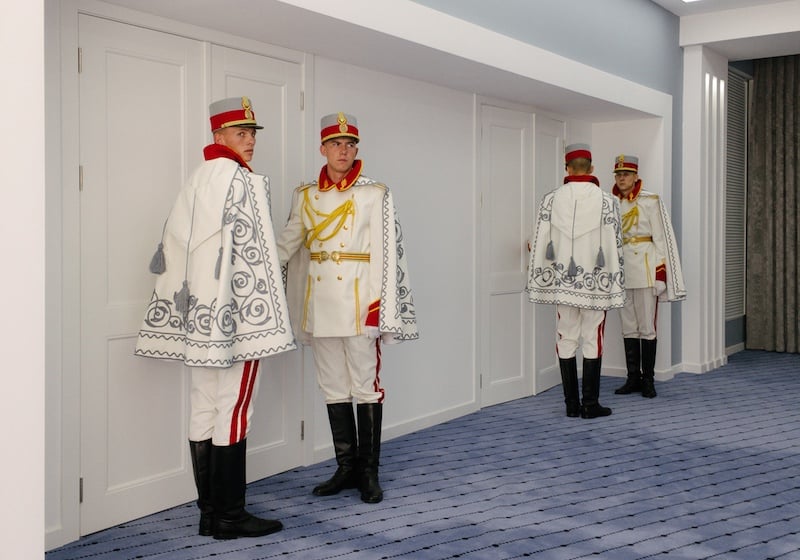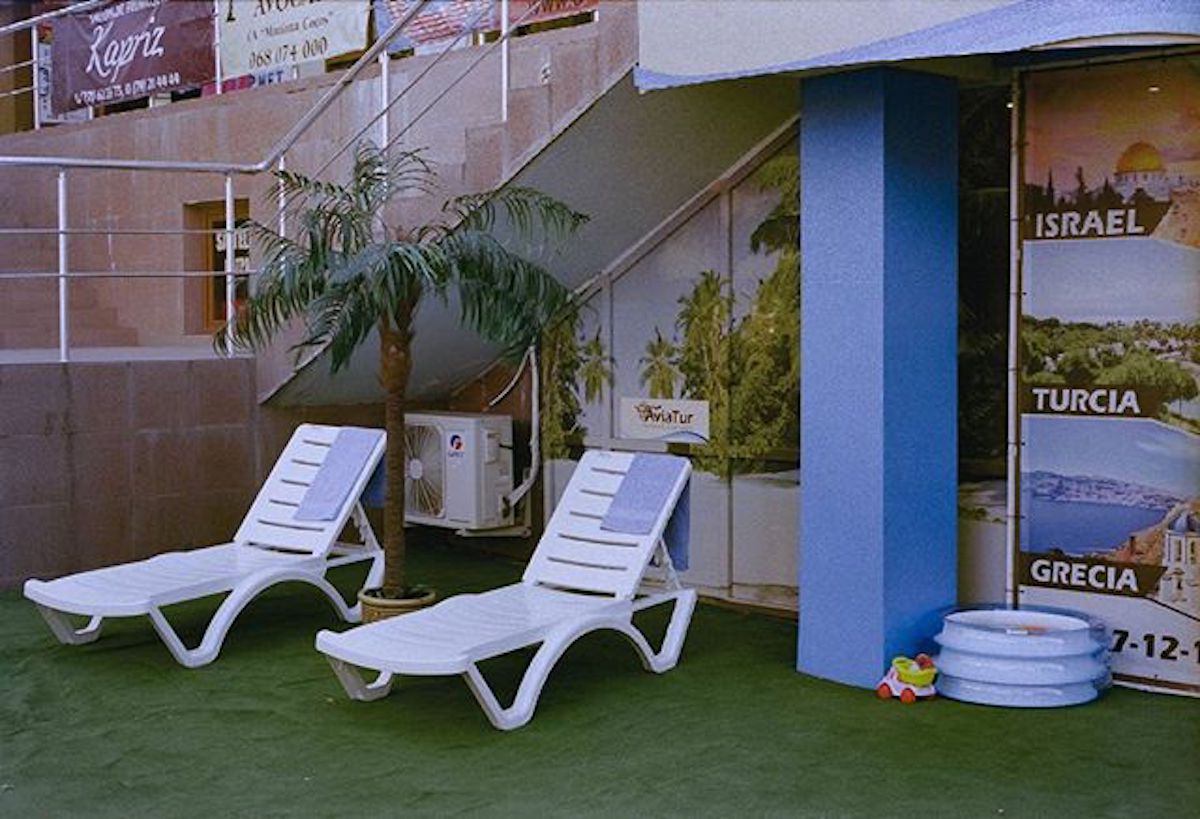Lost-and-found photos pull back the curtain on life in a Soviet Moldovan village

Thousands of photographs of Moldovan village life between the 1950s and 1970s have been published online in a new digital photographic archive.
The pictures were originally taken by the amateur photographer Zaharia Cușnir. The negatives were later found by film school student Victor Galușca, who was visiting the Northern Moldovan village of Roșietici for his diploma film on the abandoned houses left behind by mass emigration.
In one of these houses, Galușca found 4,000 photo negatives gathered in suitcases in the attic. Together with other photographers, Galușca worked to develop the photographs, co-editing a photo book and organising exhibitions of Cușnir’s pictures in Moldova and Romania. Now, he’s made those photographs accessible to all on zaharia.md.
Zaharia Cușnir is pictured in the middle, next to his son and son-in-law in 1956. Image coloured by Lică Sainciuc
Born in 1912 as the youngest in a family with 16 children, Cușnir spent his early childhood in the village of Roșietici, which at the time was part of the Russian Empire. By the time he was at school in the inter-war period, Moldova had become part of Romania. Later, Cușnir spent his adulthood in the same village under Soviet occupation. Having trained as a teacher in the Romanian city of Iași, he worked at the village school before losing the job due to his opposition to the Soviet regime. Labelled an edinolichnik — a peasant refusing to submit to forced collectivisation — he spent a brief period in prison for his political views, before becoming a manual labourer doing odd jobs in metalwork, construction, and shepherding among other things. Relatives contacted by Galușca described photography as Cușnir’s chief pleasure. He took pictures in his spare time and developed them in his house, at night, by the stove. He died in 1993, just after Moldova gained independence from the USSR.
Cușnir’s portraits, taken with a Lyubitel’ camera (‘Amateur’ in English), capture the inhabitants of Roșietici between the 1950s and the 1970s, at key community ceremonies such as weddings and funerals, as well as on ordinary days at home or at work. All of his photographs are taken outdoors, under natural light. Their charm lies in the contrast between the classical and sombre central composition, and the spontaneous figures caught off-guard on the edges of the pictures.


